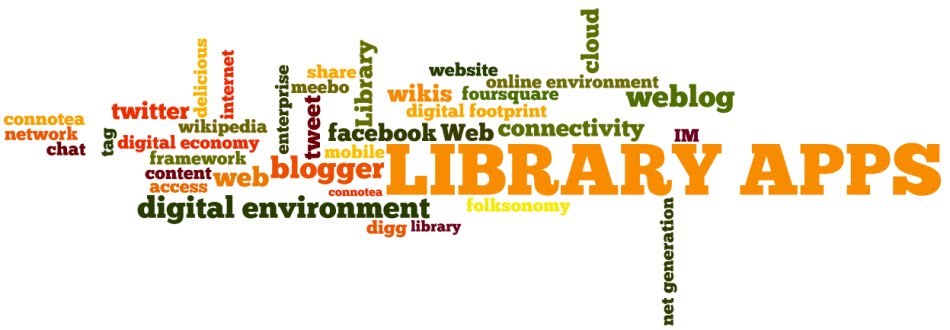Part B – Reflection
My interest for selecting this subject was to push myself into the social networking realm and justify it as a consistent work and creative use tool. I also wanted to revisit some social media accounts that I know are useful (Delicious, Facebook and Twitter) but have gone by the wayside.
During the course of the subject I did come to realise that you can’t force change. As Gerts (2012) says in one INF506 Facebook post, she “has been ‘lurking’ amongst the group posts,” which sums up the description of my participation in Facebook. ‘Lurking’, an inappropriate name really, however I prefer to ‘lurk’ and participate only when I know I have something worthwhile to give, as I harbour the feeling of post “post” dissonance! The Facebook ‘like’ button I believe has been designed for all the ‘lurkers’ out there who want to engage but value the ‘like’ application and don’t use it for the sake of its easy click access.
What has resonated throughout the development of my social networking studies was the comment by Li (2010) where she allows herself a strict diet of social networking tools. Like an email subscription, Web 2.0 tools require a regular evaluation of whether the feeds, tweets, streams are relevant to you. In the beginning the potential use of good information may be greater than what is received. Twitter was a prime example here with the ability to join tweets or updates on new blog posts or Web articles. Over the course of this subject many of these bloggers or commentators have been deleted and a chosen few kept on both my Twitter feeds and Delicious account. Similarly, articles posted by INF506 group members needed to fit within my subjects of interest and relevance so as to not overload my bulging inbox.
The subject has also unleashed some creative ideas to follow through on, by not only being a consumer or viewer of social networking applications but to create useful services or information for others. As De Rosa, Cantrell, Havens, Hawk, & Jenkins, (2007) state “no longer accurately defined as ‘information consumers,’ Internet users are becoming ‘information producers’ and will soon be the primary authors, producers and architects of information on the World Wide Web (p.7).
A skill developed from INF506 is the use of social networking tools to facilitate my workplace offline interactions. Web logs are the new Websites for most companies, and using the bookmarking site Delicious I access blogs to glean fresh information to share with the students I provide reference assistance to, such as the APA referencing blog. The social media tool Youtube assists me in those instant “how do you…” questions at work and for study purposes. The micro-blogging service Twitter allows me to increase my knowledge of technology by joining industry commentators and assisting my knowledge which can be transferred to others. My professional goal now is to engage within the technology and information conversations at work using Yammer, an enterprise social networking tool.
Not only on a professional level but the acceptance and popularity today of using social networking tools has justified me to confidently participate and assist others in social change online petitions.
I am still guilty of not using social networking and social media to its full potential, however having the opportunity to trial different social media and view other libraries that have successfully incorporated social media into their traditional models we have only scratched the surface into the potential use of technology to educate ourselves and share content.
From this study it has confirmed that social networking has provided opportunities for people to connect to not only a more broad and extensive group of people but also new sources of information.
As Berkman (2012) reminds us, social media is a still a new mass media platform with communicative potential we are only beginning to tap into.
References:
Berkman, F. (2012, September 28). Social media potential. [Web log response]. Retrieved from http://mashable.com/2012/09/28/social-media-potential/
De Rosa, C., Cantrell, J., Havens, A., Hawk, J., & Jenkins, L. (2007).
Sharing privacy and trust in our networked world: A report to the OCLC membership. Dublin, Ohio: OCLC. [ebook] Retrieved from http://www.oclc.org/reports/pdfs/sharing.pdf
Gerts, C. (2012, August 28). INF506 group. Facebook. [Post].
Schwartzman, E. (Presenter) & Li, C. (Interviewee). (2010, September 14). Selling social media strategy to leadership. On the record. [Audio podcast]. Retrieved from http://ontherecordpodcast.com/pr/otro/selling-social-media-boss.aspx
